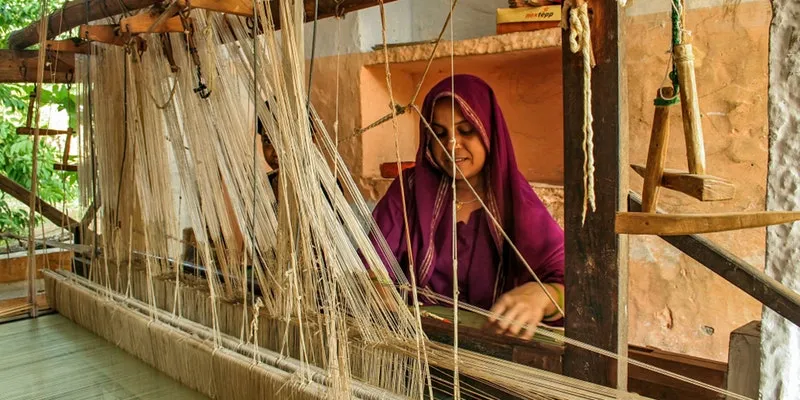MSME sector expected to achieve mid-teen growth in fiscal 2022: ASSOCHAM-CRISIL study
The joint study by ASSOCHAM-CRISIL titled, ‘MSMEs Back to the Grind’, states that the MSME sector is expected to achieve mid-teen growth in fiscal 2022. It also mentions that banks continue to dominate the MSME-lending book, but it has started exploring digital lending platforms too.
Lauding the large part played by the MSMEs (micro, small, and medium enterprises) in India’s economic rebound, the latest ASSOCHAM-CRISIL joint study titled, 'MSMEs Back to the Grind', adds that the sector is expected to achieve mid-teen growth in fiscal 2022 with the pick-up of economic activities.
“Amidst the global pandemic, India has found its innate strength to brave the storm and focus on developing its domestic ecosystem, to support both the Indian and the global markets. The Aatmanirbhar Bharat vision that has been laid by Prime Minister Narendra Modi has enthused the Indian industry with confidence that will help us enhance our global play,” said Deepak Sood, Secretary General, ASSOCHAM, in the report.

Considered to be the engine of economies around the world, the MSME segment in India alone is estimated to have 6.3 crore units, which employs over 11.10 crore people. The sector accounts for 27 percent of GDP and is crucial to the functioning of the economy, including in terms of employment generation, exports, and lending opportunities. The sector was the worst hit during the COVID-19 pandemic and the lockdown that followed in 2020.
Crediting MSMEs for putting the country on the firm path of economic recovery in 2022 after having had it tough in 2021, Bhushan Parekh, Director, CRISIL SME Solution, elaborated in the report saying that a raft of measures by the government under its Aatmanirbhar Bharat banner has provided reprieve to MSME segment in recent months.
These include the Rs 20,000 crore subordinate debt for stressed MSMEs, Rs 50,000 crore equity infusion through MSME Fund of Funds (SRI Fund), Rs 3 lakh crore Emergency Credit Line Guarantee Scheme (ECLGS) for businesses, including MSMEs (which was subsequently increased to Rs 5 lakh crore in Union Budget 2022-23), change in definition of what constitutes an MSME, and no global tenders for government procurement up to Rs 200 crore.
The report also notes that if MSME lending by banking and non-banking finance companies (NBFCs) in fiscal 2021 rose to 7 percent year-on-year, then the credit is expected to grow by 7-9 percent (around Rs 18-lakh crore) on-year in fiscal 2022 supported by favourable government measures as well as rise in demand.
While the banks continue to dominate around 80 percent of the MSME-lending book, it is, however, expected to reverse in the future. One of the factors driving the change is the digitalisation of the MSME sector. The digital footprint of MSMEs expanded in 2021, according to the CRISIL survey of over 500 MSMEs. This has not only helped in providing enhanced customer experience, operational efficiency and workforce enhancement, but also facilitates access to financial services.
MSME also has 50 percent share in exports since the past five years. The report states that exports-linked MSME sectors have been on the path to recovery and will continue to do so in the next fiscal.
“In the long term as well, the segment will continue to offer attractive opportunities for financiers as the global economy recovers and adoption of China-plus-one strategy by large players to diversify their supply chains provides a boost to export-linked MSMEs,” observes Mr. Parekh. “While the future holds a lot of promise, the short-term uncertainties around geo-political tensions and rising global inflation could play spoilsport,” he concurs.
Apart from the report on MSME, CRISIL has jointly worked with ASSOCHAM on the 8th ASSOCHAM MSMEs Excellence Awards & Summit recently. It was the ‘Knowledge Partner’ of the award that acknowledged the MSMEs for their significant contributions to various sectors of the economy.
Edited by Anju Narayanan








